.png)
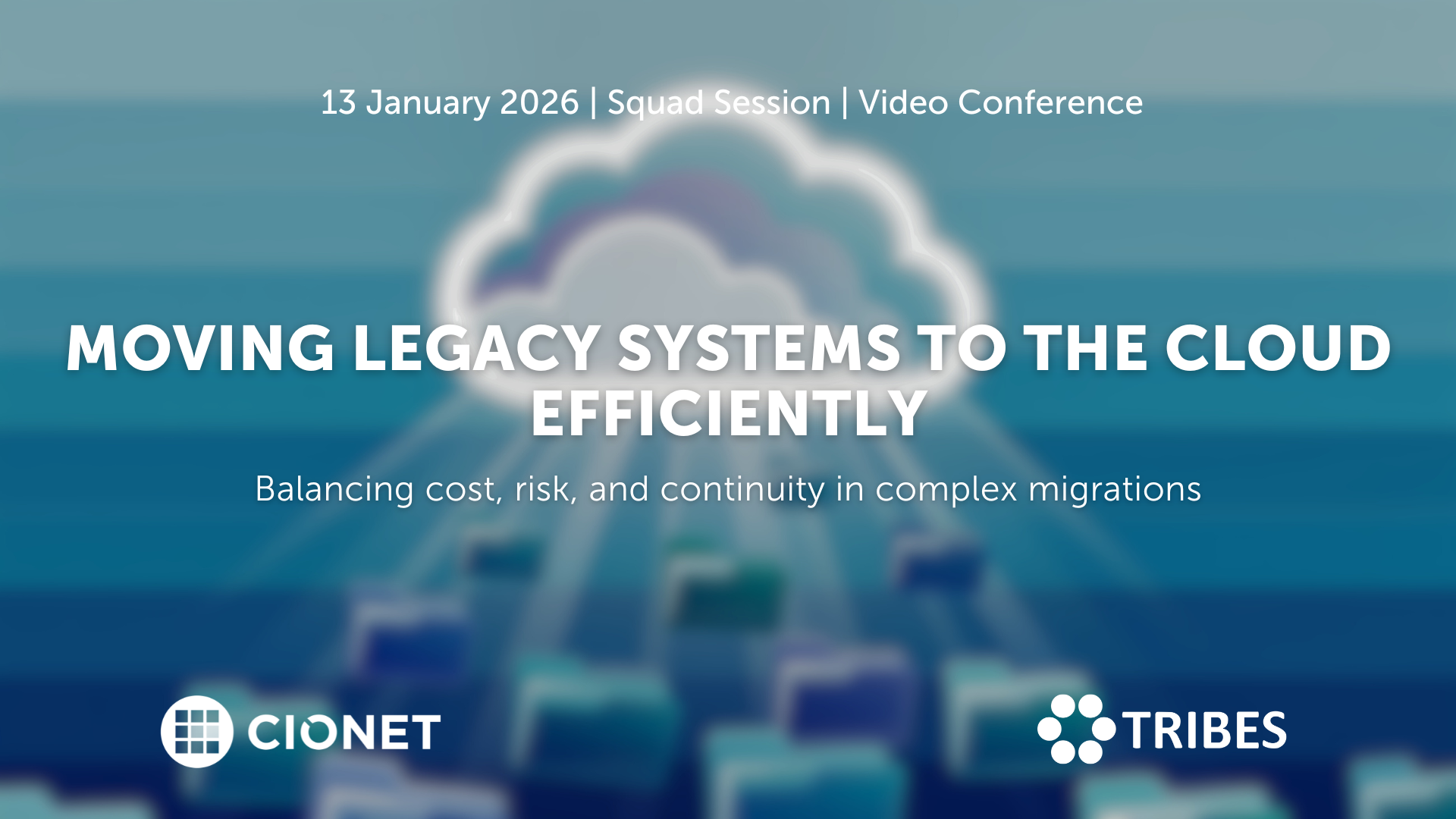
Belgium 13-1-26 Squad Only Virtual english
Migrating legacy systems to the cloud remains one of the toughest balancing acts in IT. Every choice affects stability, cost, and trust at once, and what starts as a modernisation effort quickly turns into a negotiation between ambition and reality. Suddenly budgets rise, dependencies appear late, and timelines tighten as old architectures collide with new expectations. In the end, success depends on sequencing, ownership, and aligning business priorities with infrastructure limits, and not only on technical readiness. Making it work requires more than a plan on paper. Knowing which systems genuinely belong in the cloud, which can wait, and which should stay put shapes the entire roadmap and defines its success. Each refactoring decision sets the level of future flexibility, but it also drives cost and risk. The trade-offs between speed, sustainability, and resilience only become clear once migration begins and pressure builds. Let’s discuss how to plan migrations that stay on track, manage hidden dependencies, and handle downtime with confidence. Let’s also discuss how governance, testing, and vendor coordination keep progress visible and credible. Are you in? A closed conversation for those who turn cloud migration from a disruption into a long-term advantage.
Read More.png)
Belgium 20-1-26 All Members Physical english
CIOs today are being judged less as technology leaders and more as portfolio managers. Every euro is under scrutiny. Boards and CFOs demand lower run costs, higher efficiency, and clear ROI from every digital initiative. Yet, they also expect CIOs to place bets on disruptive technologies that will keep the enterprise competitive in five years. This constant tension is redefining the role. In this session, we go beyond FinOps and cost reporting to tackle the strategic financial dilemmas CIOs face.
Read More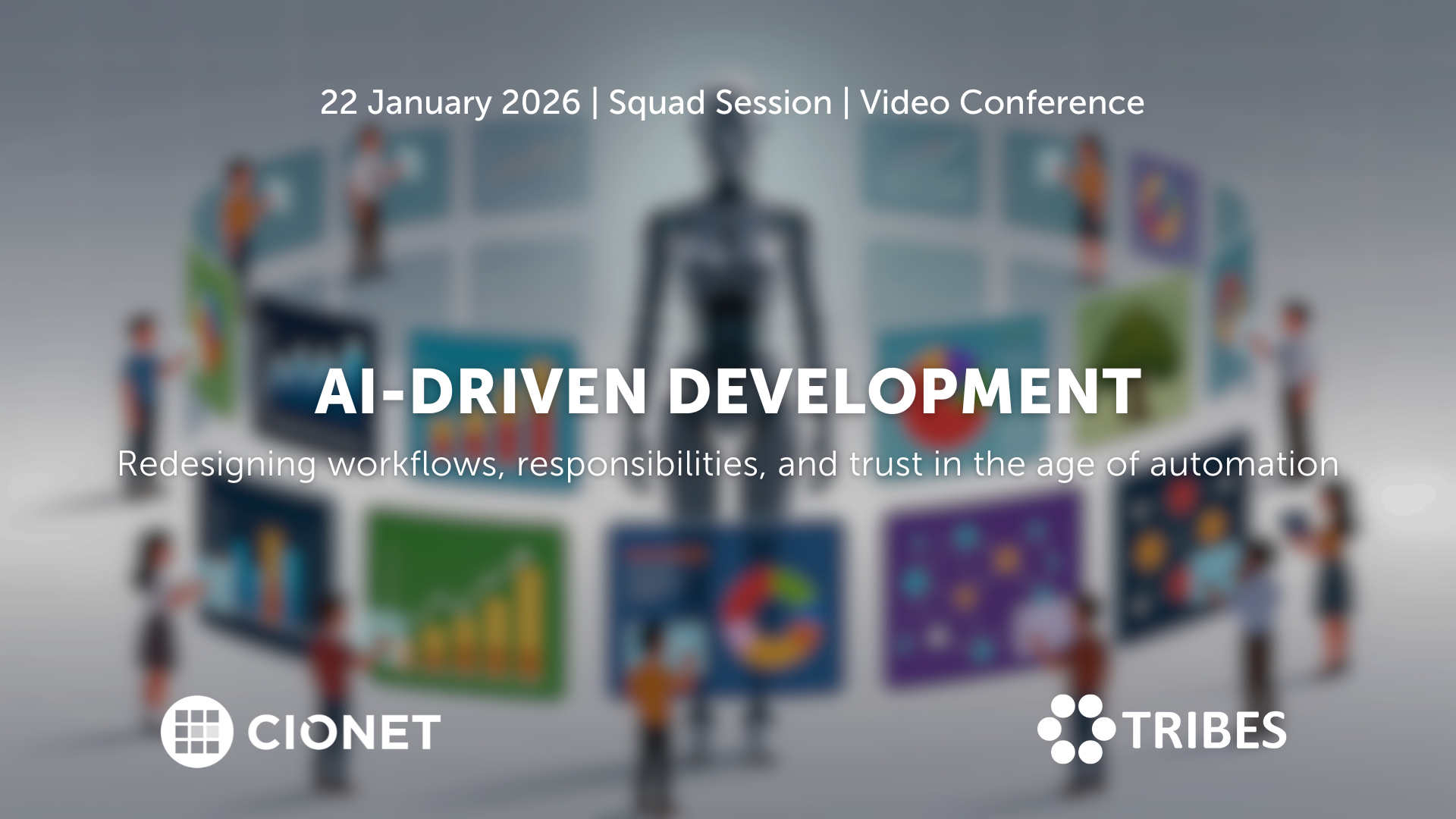
Belgium 22-1-26 Invitation Only Virtual english
AI coding assistants entered development teams quietly, but their impact grows by the day. What started as autocomplete now shapes architecture decisions, documentation, and testing. And when productivity gains are visible, so are new risks: security blind spots, uneven quality, and the slow erosion of shared standards. Teams move faster, but not always in the same direction. The challenge has become integration rather than adoption. And new questions have risen: how do you blend automation into established practices without losing oversight? When is human review still essential, and what should the rules of collaboration between developer and machine look like? As AI tools learn from proprietary code, where do responsibility and accountability sit? Let’s talk about how to redefine those workflows, balancing creativity with control, and protecting code quality in a hybrid human-AI environment. A closed conversation on where AI accelerates progress, where it introduces new debt, and how development culture must evolve to stay credible.
Read More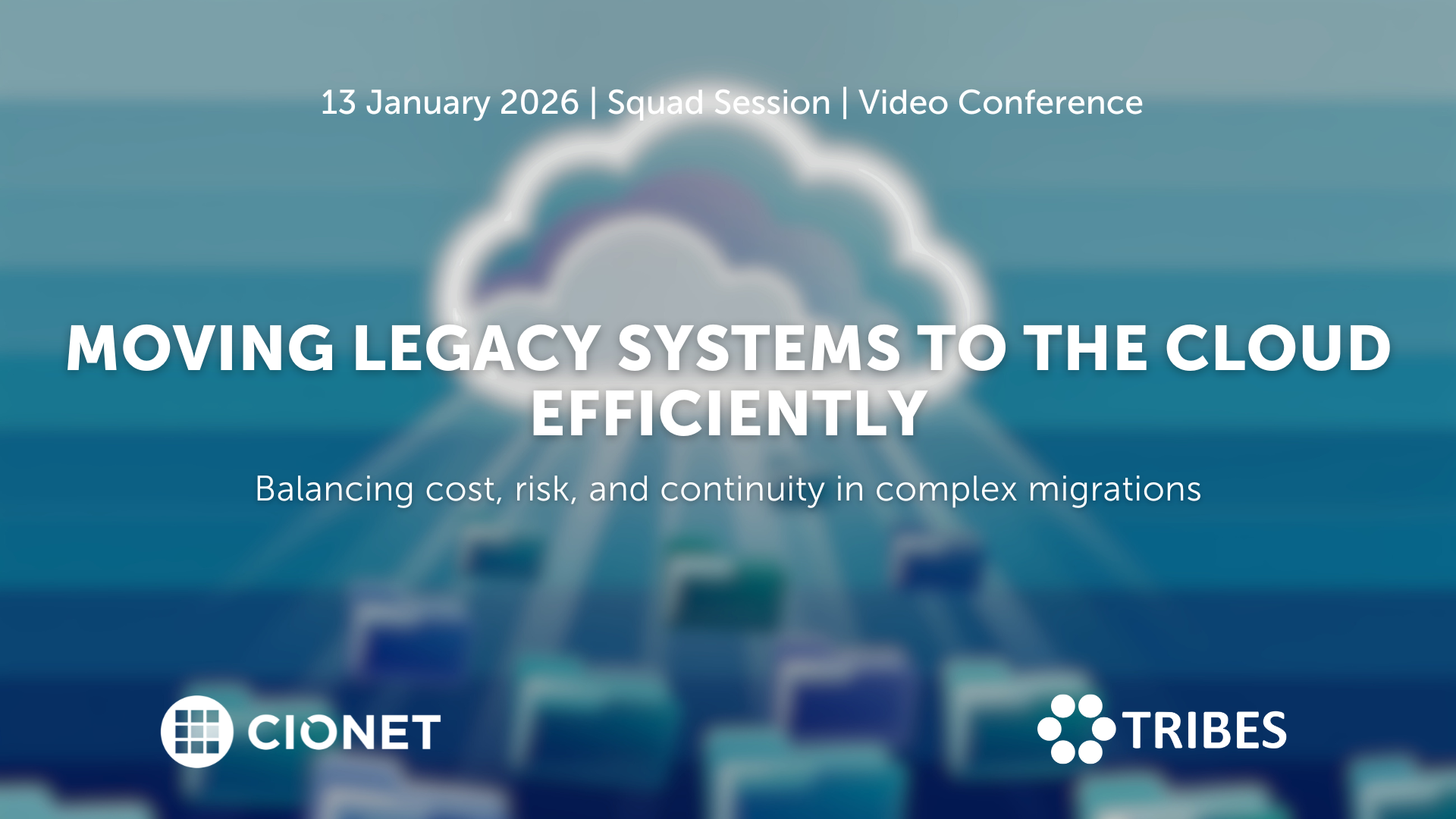
January 13, 2026 Squad Session Invitation Only Virtual english
Migrating legacy systems to the cloud remains one of the toughest balancing acts in IT. Every choice affects stability, cost, and trust at once, and what starts as a modernisation effort quickly turns into a negotiation between ambition and reality. Suddenly budgets rise, dependencies appear late, and timelines tighten as old architectures collide with new expectations. In the end, success depends on sequencing, ownership, and aligning business priorities with infrastructure limits, and not only on technical readiness. Making it work requires more than a plan on paper. Knowing which systems genuinely belong in the cloud, which can wait, and which should stay put shapes the entire roadmap and defines its success. Each refactoring decision sets the level of future flexibility, but it also drives cost and risk. The trade-offs between speed, sustainability, and resilience only become clear once migration begins and pressure builds. Let’s discuss how to plan migrations that stay on track, manage hidden dependencies, and handle downtime with confidence. Let’s also discuss how governance, testing, and vendor coordination keep progress visible and credible. Are you in? A closed conversation for those who turn cloud migration from a disruption into a long-term advantage.
Read More
January 22, 2026 Squad Session Invitation Only Virtual english
AI coding assistants entered development teams quietly, but their impact grows by the day. What started as autocomplete now shapes architecture decisions, documentation, and testing. And when productivity gains are visible, so are new risks: security blind spots, uneven quality, and the slow erosion of shared standards. Teams move faster, but not always in the same direction. The challenge has become integration rather than adoption. And new questions have risen: how do you blend automation into established practices without losing oversight? When is human review still essential, and what should the rules of collaboration between developer and machine look like? As AI tools learn from proprietary code, where do responsibility and accountability sit? Let’s talk about how to redefine those workflows, balancing creativity with control, and protecting code quality in a hybrid human-AI environment. A closed conversation on where AI accelerates progress, where it introduces new debt, and how development culture must evolve to stay credible.
Read More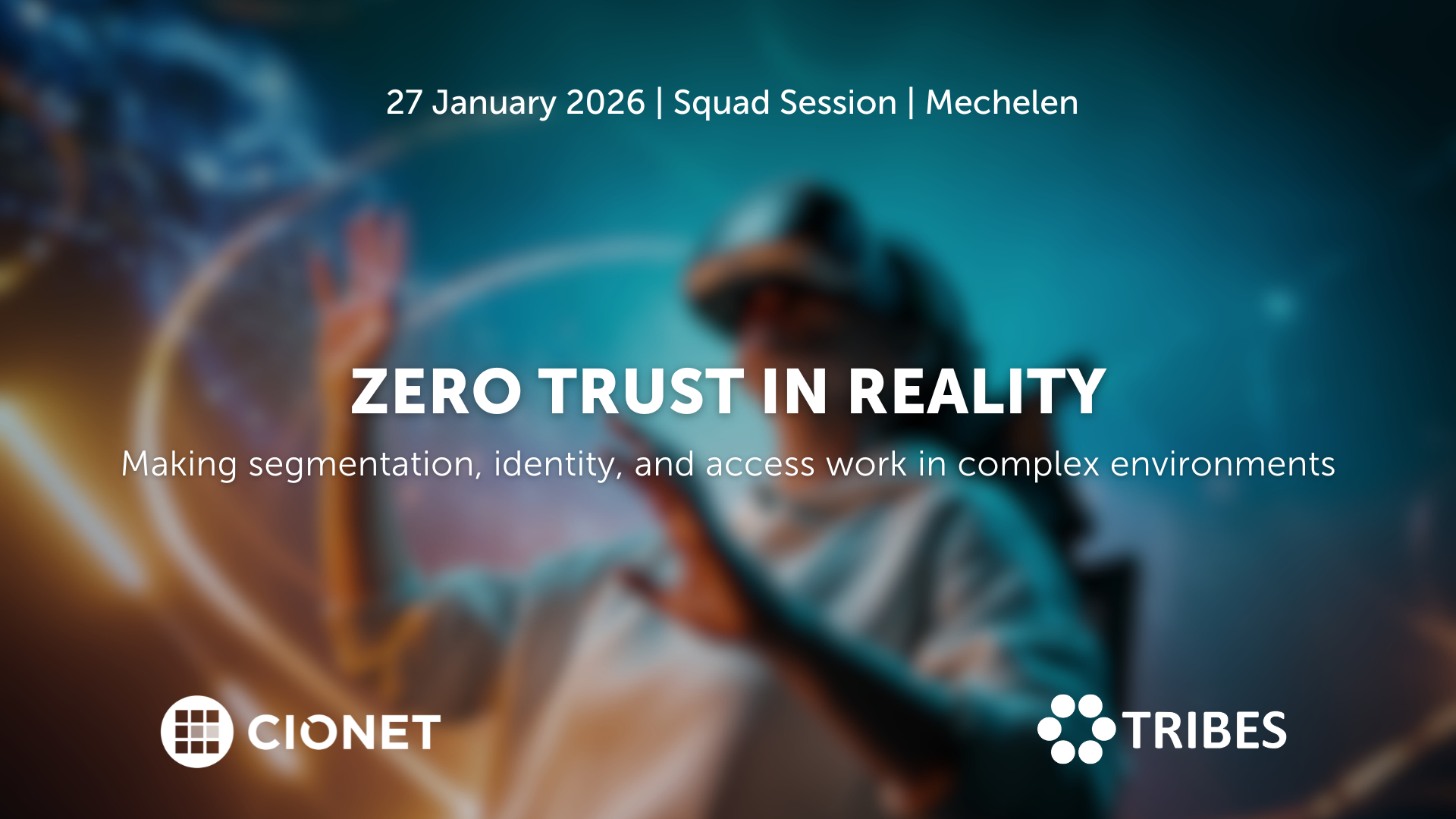
January 27, 2026 Squad Session Invitation Only Physical english
Zero Trust sounds simple on paper: trust no one, verify everything. But once you start implementing it, the fun begins. Legacy systems, hybrid networks, and human habits don’t read the manual. The idea is solid; the execution, not so much.
Read More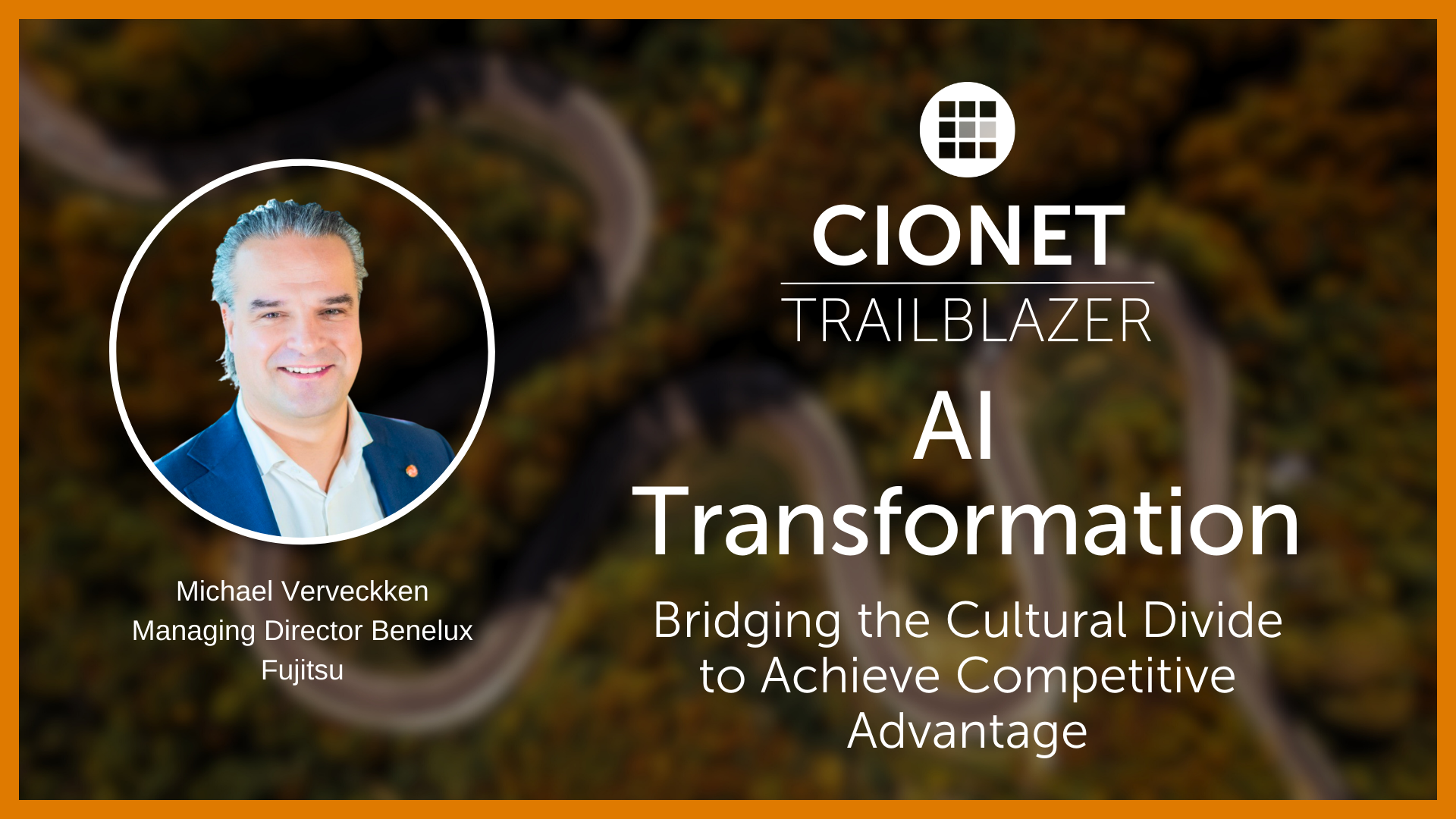
CIONET Trailblazer: AI Transformation: Bridging the Cultural Divide to Achieve Competitive Advantage
Published on: December 17, 2025 @ 9:16 AM
Trend Vision One™ provides centralized visibility management across all protection levels
Trend Vision One™ provides centralized visibility management across all protection levels
WHAT IS OUR PRIMARY USE CASE?
Normally, we use the solution for day-to-day investigations. We get alerts when something is going on in the environment. Right now, we are using that tool for the asset management team to identify services or applications that are not allowed for governance and all of these purposes. In addition to that, we use it for isolating devices. We also have a service with them, an MDR service. They analyze information, and they do investigations for us as well.
It allows us to work from a single console instead of having to use four or five separate tools to maintain the same level of security.
HOW HAS IT HELPED MY ORGANIZATION?
Mainly, we were concerned with the visibility of the environment. We didn't have a tool that was able to allow us to see or have visibility of what the endpoints were doing on the servers in the environment. That was the main reason to adopt this solution - to have visibility on the environment as, in the past, we didn't have that capability.
WHAT IS MOST VALUABLE?
The isolation of devices has been really important. We like all the attack surfacemanaged NPEs. It's helping us to identify devices and protect us on the network. That's in combination with third-party integrations as well. We have integrations that are helping us to identify devices using our vulnerability management services. It's scanning the network and it's sending all that data to VisionOne. With that information, we identify devices that are protected on the network and the environment.
The reports are a really good feature for showing results to upper management levels.
The search features help us try to correlate information and identify any suspicious activity. That's another feature that has been really important.
We are using it everywhere except for the network, so we don't have the network discovery service from Trend Micro. However, we have it on endpoint servers and email and also the cloud as well. We use cloud conformity to connect that piece.
Trend Micro has a feature called Vision One, that provides us with centralized visibility management across all protection levels. That's helping us to have a centralized view of the console. That's the main reason why we still have that product.
Centralized visibility is important. When we are doing investigations, we can do everything in one console instead of moving to different screens or different windows. The centralized visibility and management across these protection levels helped with our efficiency. It helps us to identify quicker, any potential threat, or any special activity.
They have this feature called Risk Index which I use sometimes to validate the level of rates we have. We don’t use it often - maybe once every one or two weeks. We use it to rank our security operations overall. Mostly, we just check it out of curiosity.
We use the managed XDR service that they have. It relieves a lot of workload especially during investigations or interim reports about any particular activity - especially with the coverage after hours. It is helping us with the capability there. Also, if something really bad is happening, we have eyes watching all the activity, which is nice.
Using this managed XDR service enables our team to work on other tasks - especially when we, in certain ways, allocate some of the investigation pieces. We basically create a request for them to investigate things, and that allows us to focus on other things to optimize our security toolset. That's really helpful.
We use the attack surface risk management capability they have. We use that heavily right now. It was a big use case in the past few months. We use it to identify multiple devices without protection, the applications that have been used by our users, and which ones are risky. We are using that on a regular basis. It's helped us identify blind spots and more assets. It's positively affected our security posture by improving a lot of our visibility.
XDR helped us decrease our time to detect or respond to threats. In the past, we didn't have that visibility. When we enabled that tool, at the beginning, it was a little bit noisy. That's something to be expected coming from a new tool. However, after testing through these years, things are improving, and now we can see better results, especially during investigation alerts.
The solution has helped us to reduce the amount of time we spend investigating false positive alerts. In the beginning, there was a large amount of false positives. Right now, we are day to day trying to reduce them. At this point, they are lower compared with the beginning of the implementation. Things are improving. We are reducing false positives as we go which is great.
WHAT NEEDS IMPROVEMENT?
We do use the automation capability a little. However, we noticed some limitations, especially on the playbook side. The API we use. We are integrating that with another product, a SOAR product. The playbooks are a little bit limited in what they can do at this point. Let's say that we want to connect on a specific API. The templates we cannot modify very well. When we noticed that limitation, we decided to go and use Trend Micro VisionOne API and connect it to other tools to develop that activity using another product.
Under attack surface management, when you go to the specific sites or applications that the users are accessing, the capability of downloading that report could be better. Let's say, as an example, we want to identify users using chatGPT, for example. We want to download that data through an API or through the GUI. Right now, it's not available as an option. Maybe having the capability of extracting data from VisionOne for specific areas of the tool could work. That's something that could be useful, especially if we want to generate that report and send it to specific teams. Often, we don't want to provide DX to all the people. Sometimes it's easier to just have that file and share that file with the people who need to have that information.
The biggest advantage of Trend Micro™ Managed XDR is that it has helped decrease our time to detect and respond to threats by around 50 percent.
FOR HOW LONG HAVE I USED THE SOLUTION?
I've been using the solution for around three years now.
WHAT DO I THINK ABOUT THE STABILITY OF THE SOLUTION?
The stability is good. It's not very common to have any outages. Sometimes there may be a glitch, however, it's rare. Normally we have 95% stability.
WHAT DO I THINK ABOUT THE SCALABILITY OF THE SOLUTION?
The scalability is good, especially when we are talking about third-party integrations. We can have visibility and control of all different assets. So we can have good scalability and visibility and know more about the environment in places where we didn't have any idea things were happening. It's a SaaS tool, and we don't have to do any maintenance, and it's easy to deploy. It's pretty straightforward.
HOW ARE CUSTOMER SERVICE AND SUPPORT?
When we have specific issues or problems connecting some products we ask for support. They respond really fast. They always try to mitigate and resolve all the issues we have. If they cannot resolve the problem, they normally share some suggestions on how we can mitigate future problems.
HOW WOULD YOU RATE CUSTOMER SERVICE AND SUPPORT?
Positive
WHICH SOLUTION DID I USE PREVIOUSLY AND WHY DID I SWITCH?
We did not use other solutions, although we did use Apex One for a long time. We have also used an EDR product.
HOW WAS THE INITIAL SETUP?
I was involved in the deployment. I was the one leading the data during the implementation. The process is pretty straightforward. It was a little tricky to reduce the false positive alerts, however, the portion of deploying to the environment and connecting the pieces was simple.
From our side, we had three or four people involved in the implementation.
WHAT ABOUT THE IMPLEMENTATION TEAM?
We had some help with the deployment and we had some guidance in the beginning. We requested some support from our account manager.
WHAT'S MY EXPERIENCE WITH PRICING, SETUP COST, AND LICENSING?
The pricing is good if you look at all the compatibilities and features offered by the product. There are features that can increase the pricing. We can put some credits to some features, however, if we want to enable them. With the amount of credit we have, we are covered for all of our needs.
WHAT OTHER ADVICE DO I HAVE?
I'd rate the product eight out of ten.
It is a really good product and easy to deploy. They allow you to have more visibility on your environment, especially if you have any kind of XDR solution. It will increase the visibility of what's happening in the environment. Also, from the perspective of doing maintenance updates or patches, the cloud is the way to go. The product management team does a really good job of increasing the features, and they are listening really closely to what the customer needs via feedback.
WHICH DEPLOYMENT MODEL ARE YOU USING FOR THIS SOLUTION?
Hybrid Cloud
271 Views 0 Likes Read More
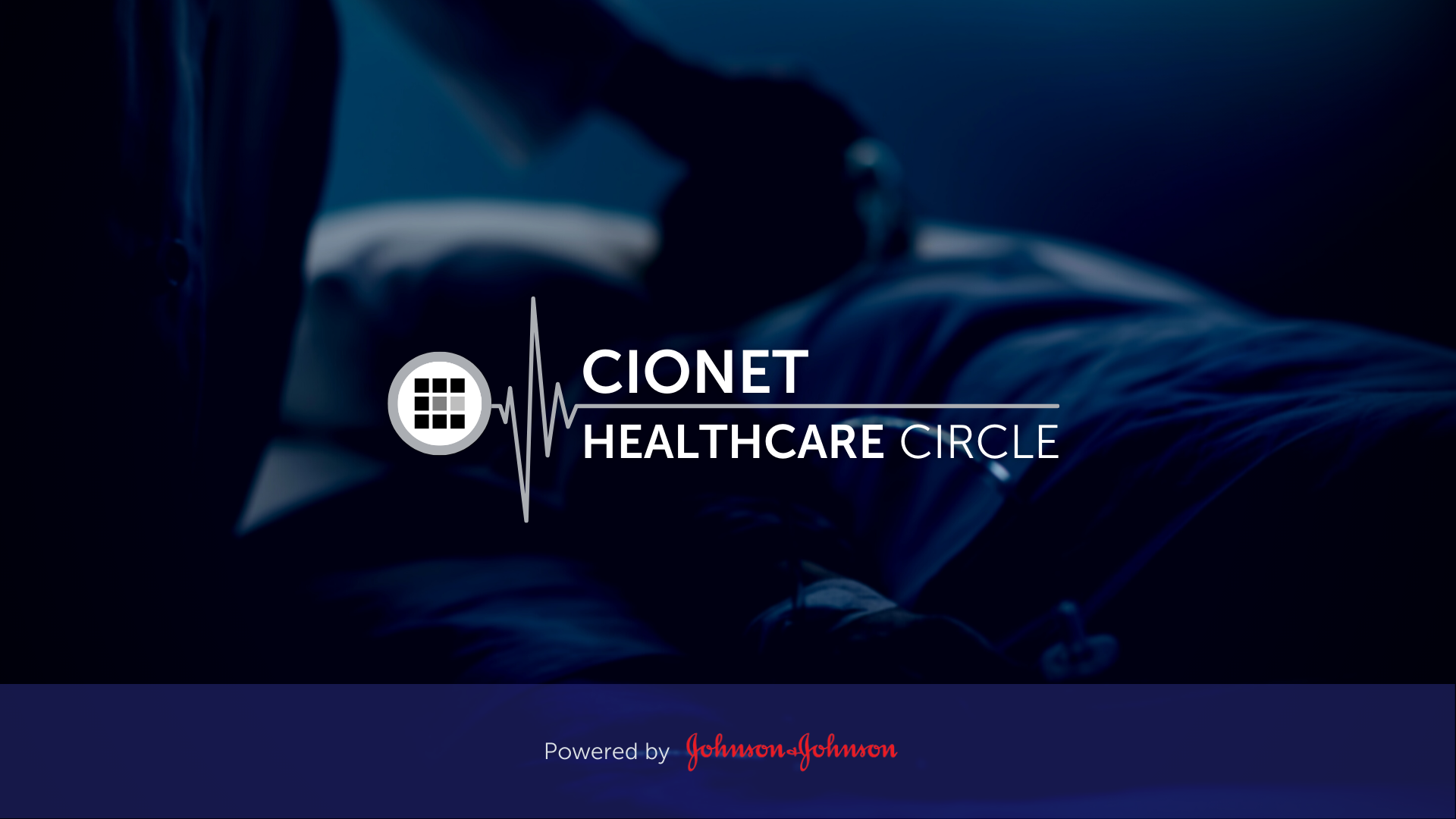
Digital Transformation is redefining the future of health care and health delivery. All stakeholders are convinced that these innovations will create value for patients, healthcare practitioners, hospitals, and governments along the patient pathway. The benefits are starting from prevention and awareness to diagnosis, treatment, short- and long-term follow-up, and ultimately survival. But how do you make sure that your working towards an architecturally sound, secure and interoperable health IT ecosystem for your hospital and avoid implementing a hodgepodge of spot solutions? How does your IT department work together with the other stakeholders, such as the doctors and other healthcare practitioners, Life Sciences companies, Tech companies, regulators and your internal governance and administrative bodies?
Read More
The Telenet Business Leadership Circle powered by CIONET, offers a platform where IT executives and thought leaders can meet to inspire each other and share best practices. We want to be a facilitator who helps you optimise the performance of your IT function and your business by embracing the endless opportunities that digital change brings.
Read More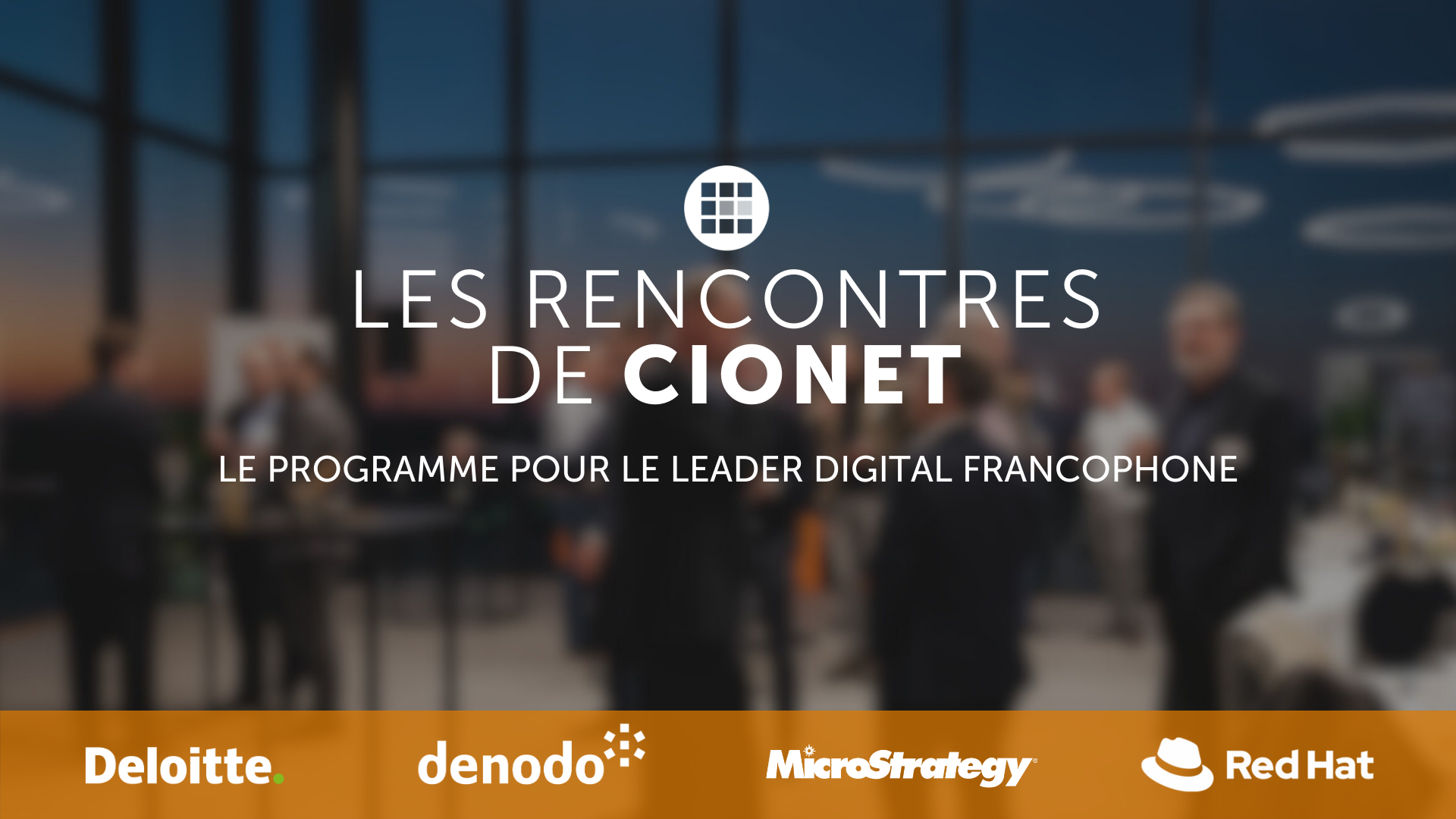
Découvrez la dynamique du leadership numérique aux Rencontres de CIONET, le programme francophone exclusif de CIONET pour les leaders numériques en Belgique, rendu possible grâce au soutien et à l'engagement de nos partenaires de programme : Deloitte, Denodo et Red Hat. Rejoignez trois événements inspirants par an à Liège, Namur et en Brabant Wallon, où des CIOs et des experts numériques francophones de premier plan partagent leurs perspectives et expériences sur des thèmes d'affaires et de IT actuels. Laissez-vous inspirer et apprenez des meilleurs du secteur lors de sessions captivantes conçues spécialement pour soutenir et enrichir votre rôle en tant que CIO pair. Ne manquez pas cette opportunité de faire partie d'un réseau exceptionnel d'innovateurs numériques !
Read More
CIONET is committed to highlighting and celebrating female role models in IT, Tech & Digital, creating a leadership programme that empowers and elevates women within the tech industry. This initiative is dedicated to showcasing the achievements and successes of leading women, fostering an environment where female role models are recognised, and their contributions can ignite progress and inspire the next generation of women in IT. Our mission is to shine the spotlight a little brighter on female role models in IT, Tech & Digital, and to empower each other through this inner network community.
Read More


-Apr-01-2022-10-58-34-57-AM.png)





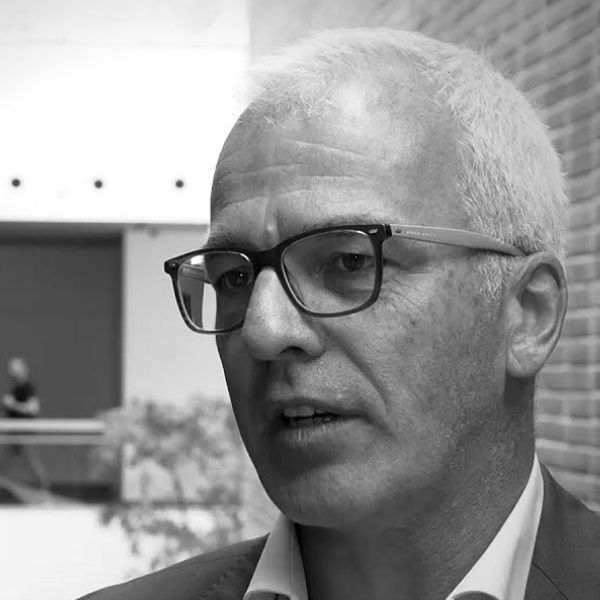





-Dec-13-2023-10-53-15-5032-AM.png)




-Jun-12-2023-01-23-11-7540-PM.png)





-Apr-01-2022-10-58-34-68-AM.png)










-2.jpg)




-Sep-01-2022-02-47-55-60-PM.png)
-Nov-22-2023-08-56-42-6802-AM.png)
.png)

Would you like to know more about CIONET Belgium, membership or partnership opportunities? Do you have feedback or any other question? Send us a message!
You can either send us a registered handwritten letter explaining why you'd like to become a member or you can simply talk to us right here!